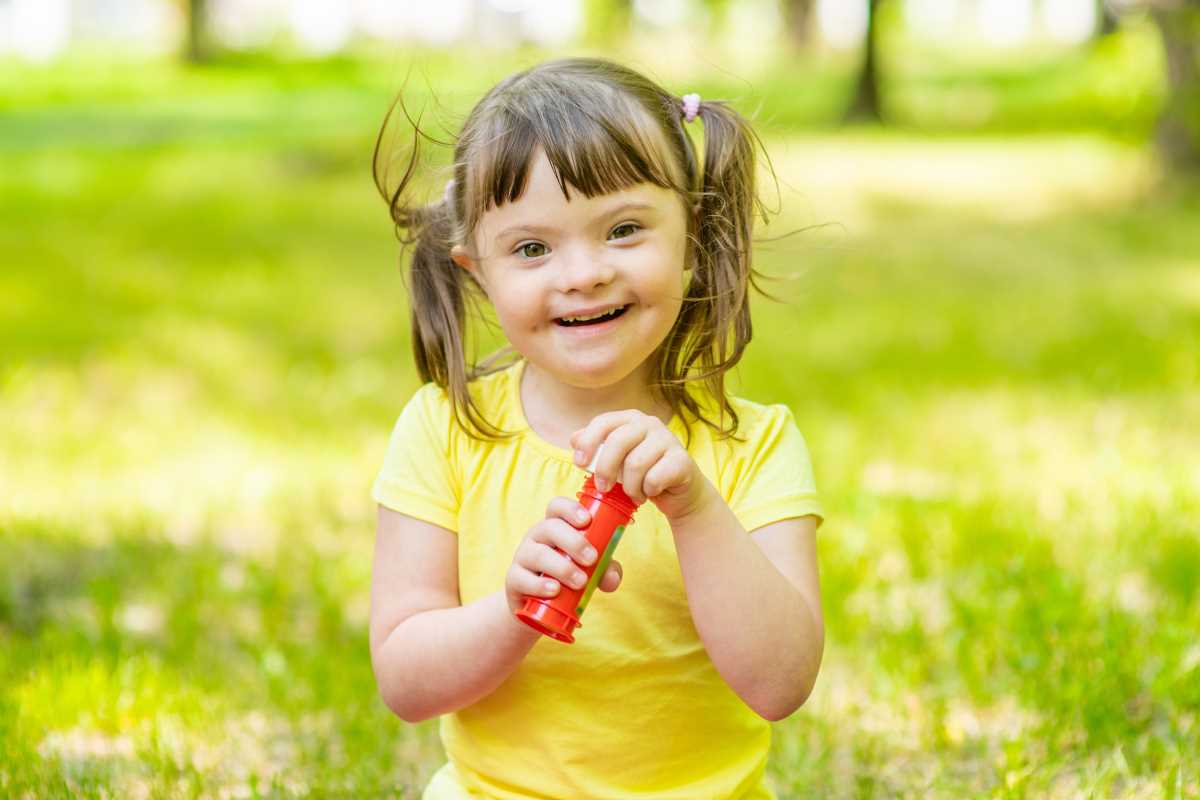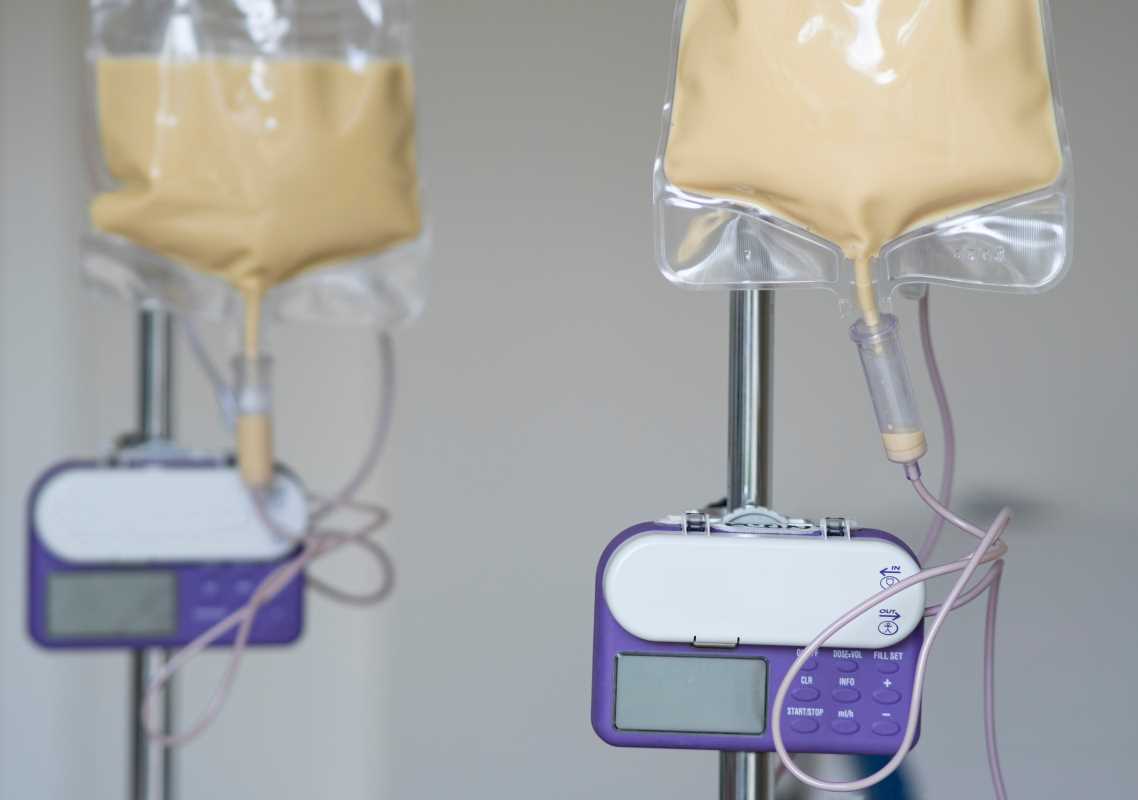Teaching kids how to take care of their health and hygiene is an important part of their development. But when a child has special needs, this process may require a bit more creativity and personalization. Every child is unique, and their abilities, challenges, and learning styles will vary, which means there isn’t a one-size-fits-all approach. It’s about understanding each individual, breaking tasks into manageable steps, and making learning fun and accessible.
This guide will explore the basics of teaching health and hygiene skills to children with special needs. From crafting routines to using clear strategies, we’ll cover ways to encourage independence, build confidence, and create meaningful habits for life.
Basic health and hygiene skills are more than just daily chores. They teach kids independence, help them stay healthy, and boost their confidence. These skills are also essential for social situations. Whether it’s brushing their teeth, washing their hands, or bathing, being able to manage hygiene can make kids feel more included and prepared to interact with others.
For kids with special needs, learning these skills can feel overwhelming at first, but with patient guidance and consistent practice, they can master them. It’s not just about teaching a skill; it’s about empowering them to take ownership of their self-care.
Start with a Personalized Plan
No two children are the same, so your first step is to create a personalized plan tailored to the child’s abilities and needs. Start by evaluating what the child can already do and what they need help with. Observing their strengths will help you know where to begin and how to approach teaching.
For instance:
- If a child can wash their hands but struggles to remember all the steps, your focus could be on teaching them a routine.
- If a child has sensory challenges and dislikes the feel of toothpaste or certain textures, you may need to explore alternative products or approaches.
Once you know where to start, set small, achievable goals. Celebrate progress along the way to keep them motivated and encourage a positive attitude toward these activities.
Break Tasks into Simple Steps
Children with special needs often do better when tasks are broken into smaller, manageable steps. Instead of saying, “Go brush your teeth,” outline what that looks like. For example:
- Grab your toothbrush.
- Put toothpaste on the brush.
- Brush the top teeth, then the bottom teeth.
- Rinse your mouth and clean the toothbrush.
You can use visuals, like step-by-step charts or pictures, to help them remember the order. If the child is nonverbal, tools like picture cards or apps can guide them through each step in a way that’s easy to follow. Repetition is key here, so be patient and keep practicing until the steps become routine.
Make Learning Fun and Engaging
Health and hygiene tasks, like brushing teeth, washing hands, or taking baths, can feel like boring chores. Turning them into fun, interactive activities makes learning easier and more enjoyable. Here are some ideas:
- Use songs or rhymes: Sing a handwashing song for 20 seconds while they scrub with soap.
- Turn it into a game: Use a timer to “race” against germs or count how many bubbles they can make while washing their hands.
- Get creative with tools: Use brightly colored toothbrushes, favorite character towels, or soap that changes color when applied.
For some children, sensory challenges can make hygiene tasks uncomfortable. Experiment with different products (like unscented soap or softer bristles on a brush) to find ones that they enjoy using.
Creating Consistent Routines
Consistency makes a huge difference when teaching kids new skills. A regular routine helps them know what to expect and reduces anxiety. Set up specific times for hygiene tasks, like brushing teeth in the morning and before bed, washing hands before meals, or bathing on certain days.
Establishing routines often means practicing these tasks daily—even if it feels repetitive. Eventually, the repetition will build muscle memory, making these habits feel automatic. Use visual schedules or checklists to keep things on track, and make sure the child understands what to do and why it’s important.
Using Positive Reinforcement
Positive reinforcement is a powerful motivator. Praise and rewards can go a long way in encouraging kids to practice good hygiene. Celebrate their efforts, even if they don’t get everything right at first. For example, if they remember to wash their hands without being prompted, acknowledge it with a simple, “Great job washing your hands on your own!”
You can also set up reward systems like sticker charts or tokens. For every successful attempt, they earn a sticker, and after a certain number, they get a small reward like choosing a favorite activity or a special treat.
Addressing Specific Challenges
Children with special needs might encounter unique challenges when learning health and hygiene routines. Here’s how to tackle some common issues:
Sensory Sensitivities
If a child struggles with certain textures, smells, or temperatures, experiment with options that suit their sensory preferences.
- Use warm, not hot, water for handwashing or bathing if they dislike extreme temperatures.
- Test different toothpastes or shampoos until you find one they’re comfortable with.
- Incorporate sensory-friendly tools, like softer washcloths or hair brushes.
Communication Barriers
For nonverbal children or those who have difficulty understanding verbal instructions, visual aids can help. Create simple picture guides or use apps with step-by-step visuals to make communication easier.
Fine Motor Skills
If a child has difficulty gripping a toothbrush or using soap, adaptive tools can assist. For example, electric toothbrushes, pump soap containers, or long-handle hairbrushes can make tasks more manageable.
Encouraging Independence Gradually
The ultimate goal is to help children develop independence. You can support this by slowly reducing how much you assist them over time. For example:
- Start by doing most of the task yourself while they watch.
- Progress to helping them do part of it.
- Eventually, step back and supervise while they take the lead.
Patience is key during this process. Celebrate each milestone, and understand that setbacks are normal. The focus should always be on progress, not perfection.
Building Confidence and Encouraging Self-Esteem
Learning new skills can be tough, and sometimes kids may feel frustrated or discouraged. Your role is to encourage their confidence by framing mistakes as learning opportunities. Use positive language like, “It’s okay if you need help right now. You’re getting better every day.”
Remember, each child’s progress will look different. Comparing them to others isn’t helpful; what matters is their individual growth. By showing patience, kindness, and belief in their abilities, you help them develop a strong sense of self-worth.
 (Image via
(Image via





